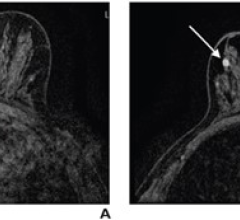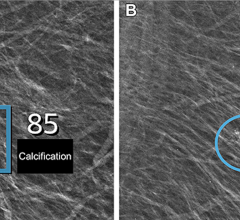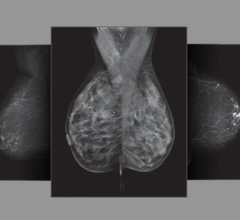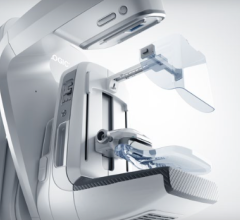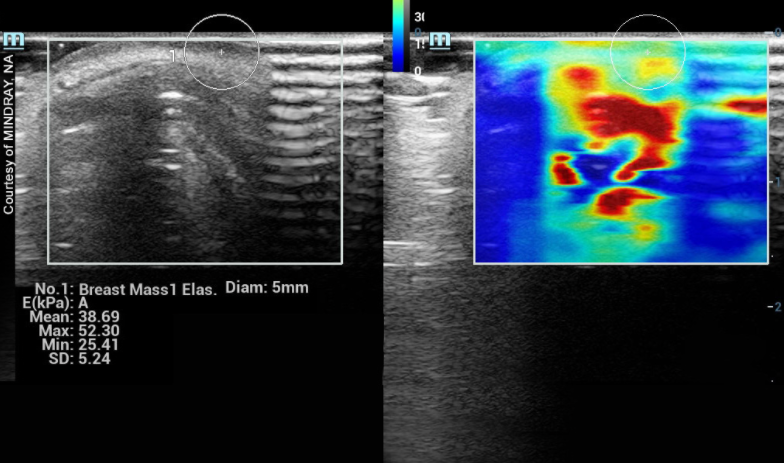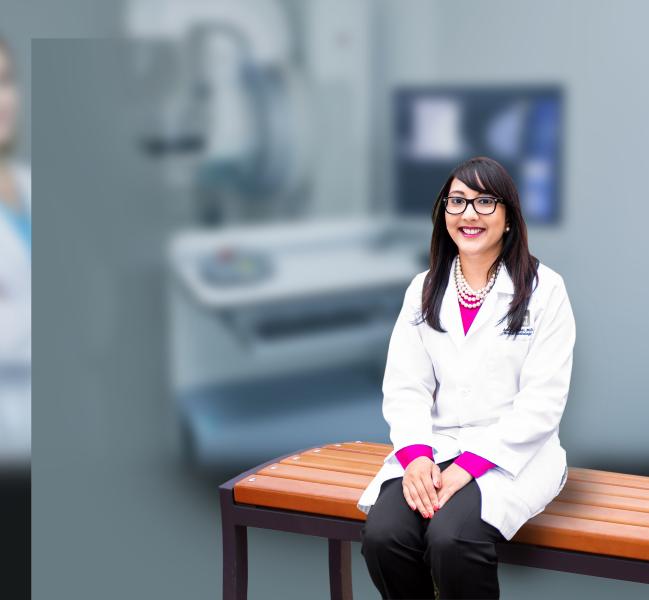June 12, 2024 — Royal Philips recently announced the 1,111th installation of its revolutionary BlueSeal 1.5T magnet ...
Breast Imaging
Women's health related to breast imaging, including mammography, breast MRI, ABUS, automated breast ultrasound, breast ultrasound, breast biopsy, PEM and positron emission mammography.
June 7, 2024 — Scholars and studies funded by Susan G. Komen(R), the world’s leading breast cancer organization ...
June 6, 2024 — Subsequent rounds of abbreviated breast MRI (AB-MR) screening in patients with dense breasts had lower ...
Despite decades of progress in breast imaging, one challenge continues to test even the most skilled radiologists ...
June 4, 2024 — Using artificial intelligence (AI), breast radiologists in Denmark have improved breast cancer screening ...
As we flip the page to a new month on our calendars, here is a look at the Top 10 pieces of content viewers were reading ...
May 28, 2024 — iCAD, Inc., a global leader in clinically proven AI-powered cancer detection solutions, announced a ...
While most women understand the importance of health screenings, an estimated 72 million have missed or postponed a ...
May 22, 2024 — The U.S. Food and Drug Administration (FDA) has issued a recall of the Hologic Inc. BioZorb marker due to ...
May 22, 2024 — Lunit, a provider of Artificial intelligence (AI)-powered solutions for cancer diagnostics and ...
May 10, 2024 — According to the Summa Cum Laude Award-Winning Online Poster presented during the 124th ARRS Annual ...
The COVID-19 pandemic had a huge impact on the radiology community. Hospitals, doctors’ offices and clinics found ...
May 6, 2024 — ScreenPoint Medical’s Board of Directors has announced the appointment of Peter Kroese as the new Chief ...
May 6, 2024 — Enable Me, a VELA Medical company, cited major new research by Siemens Healthineers entitled, “The future ...
Decades since the advent of breast scanning technology, innovations in noninvasive diagnostic imaging provide new ...
Artificial Intelligence (AI) is becoming more common place in radiology practices, and emerging technologies are ...
May 1, 2024 — Hologic, Inc., a global leader in women’s health, today announced that it signed a definitive agreement to ...
May 1, 2024 — The American College of Radiology (ACR) has issued a statement on the newly released Final USPSTF Breast ...
May 1, 2024 — After the issuance of updated breast screening recommendations by the U.S. Preventive Services Task Force ...
April 30, 2024 — The U.S. Preventive Services Task Force (Task Force) today published a final recommendation statement ...
April 30, 2024 — Use of publicly available large language models (LLMs) resulted in changes in breast imaging reports ...
From implementing artificial intelligence effectively, advocating for radiologists, and working tirelessly to expand ...
April 18, 2024 — Lumicell, Inc., a privately held company focused on developing innovative fluorescence-guided imaging ...
April 16, 2024 — The Radiological Society of North America (RSNA) and GE HealthCare announced their collaboration to ...

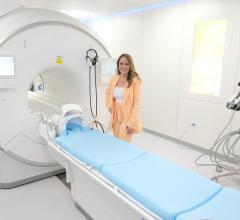
 June 12, 2024
June 12, 2024 

